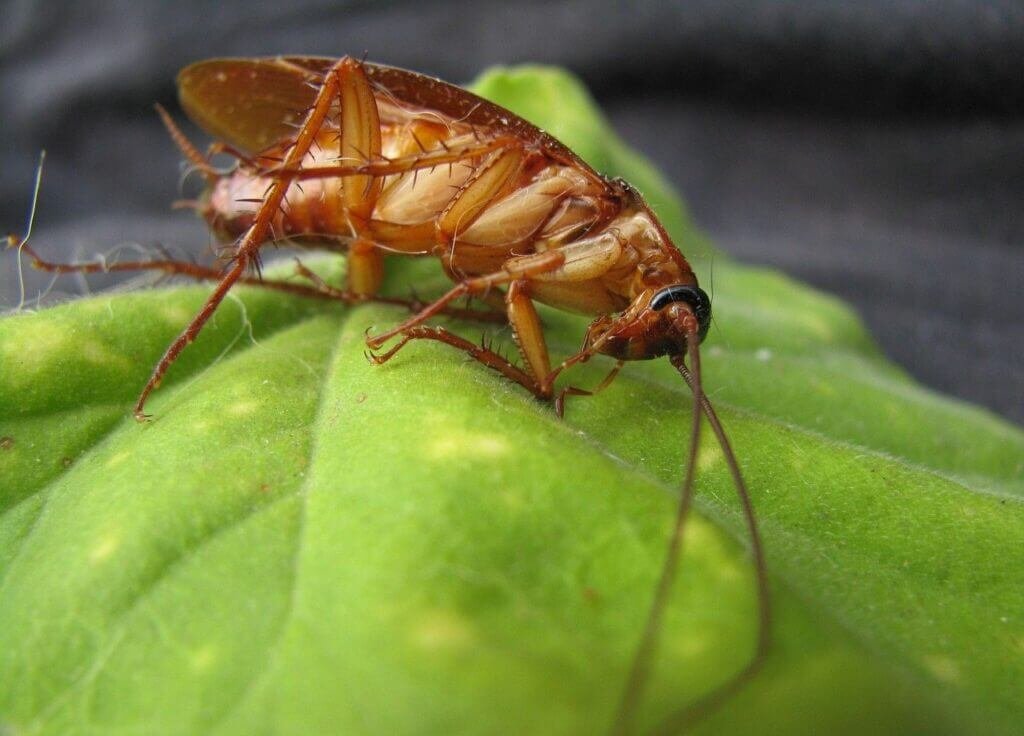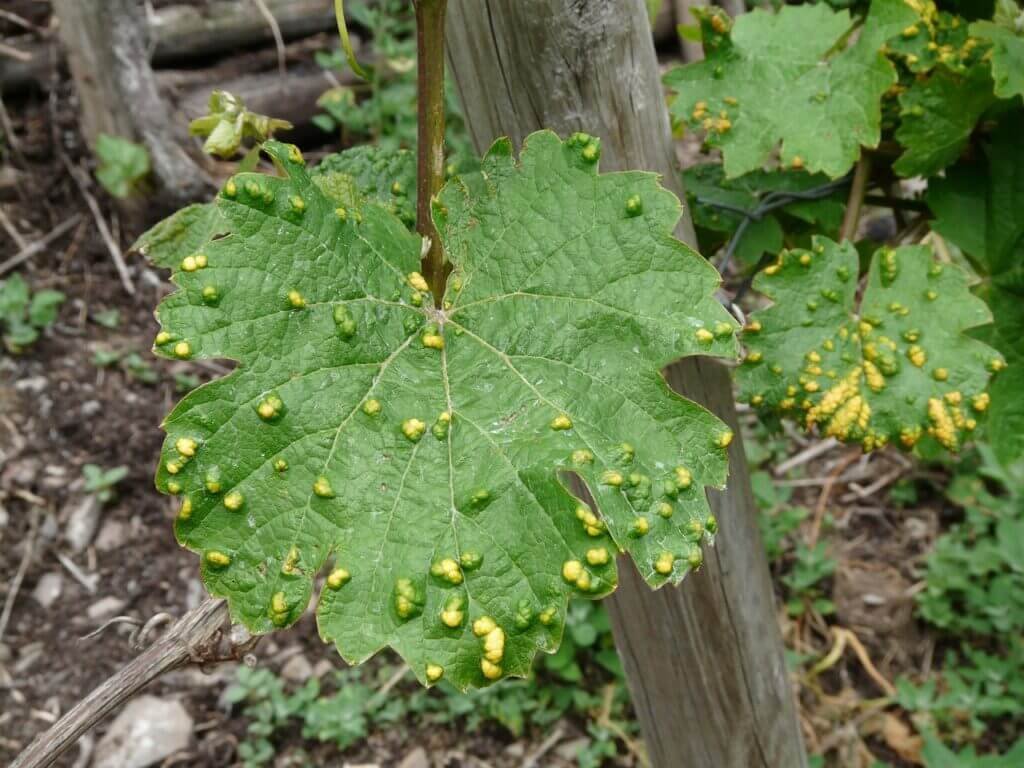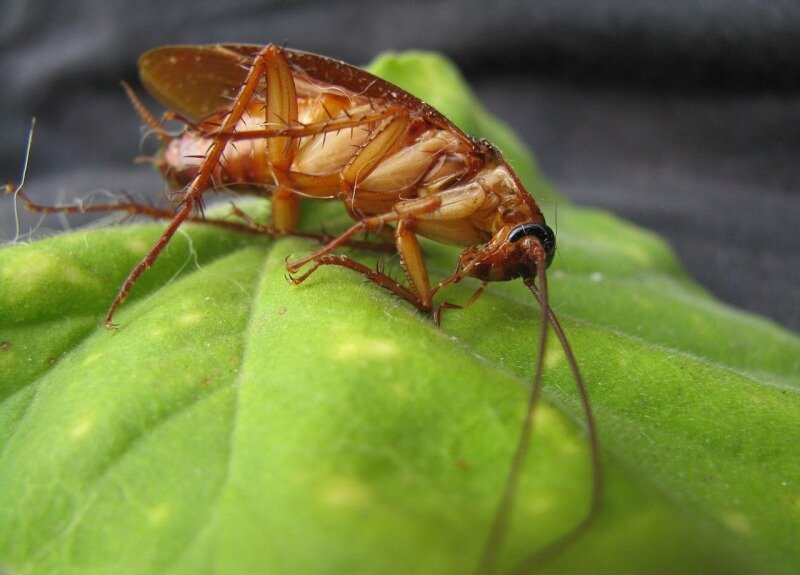Are you ready to dive into the wonderful world of city gardening? As you embark on this exciting journey, it’s important to be aware of the potential risks that pests and diseases can pose to your urban oasis. From pesky insects nibbling on your precious plants to the spread of contagious diseases, these challenges can impact the health and productivity of your garden. But fear not, because with a little knowledge and some friendly tips, you’ll be equipped to handle these risks and ensure the thriving growth of your city garden.
Potential Risks of Pests and Diseases in City Gardening

Introduction to City Gardening
City gardening has gained popularity in recent years as a way for urban dwellers to connect with nature and grow their own fresh produce. Whether it is in community gardens, rooftop gardens, or balcony gardens, urban gardening provides numerous benefits, including increased access to organic food, improved mental health, and reduced carbon footprint. However, it is important to be aware of the potential risks posed by pests and diseases in city gardening.
Understanding Pests and Diseases
Pests and diseases are an inevitable part of gardening, no matter where you live. In city gardening, factors such as limited space, proximity to other gardens, and high population density can exacerbate the risks of pest infestations and disease outbreaks. Pests refer to organisms that feed on plants and can cause significant damage, such as aphids, caterpillars, and snails. On the other hand, diseases are caused by pathogens like bacteria, fungi, and viruses, which can infect and weaken plants, leading to poor growth and eventual death.

Negative Impact on Plant Health
Pests and diseases can have a detrimental impact on the overall health of plants in city gardens. Infested plants may exhibit symptoms such as wilting, yellowing leaves, stunted growth, or the presence of spots and lesions. These conditions can hinder the plant’s ability to photosynthesize, reducing its vigor and productivity. Weakened plants are also more susceptible to further infestations and diseases, creating a vicious cycle that can be hard to break without intervention.
Destruction of Crops
One of the main risks of pests in city gardening is their potential to destroy crops entirely. Pests like rodents, birds, and insects not only feed on the leaves and fruits of plants but can also dig into the soil and damage the root systems. This can result in the complete loss of carefully nurtured crops, leading to frustration and disappointment for gardeners who have invested time and effort into their gardens. Furthermore, the loss of crops can impact food security in urban areas, making it crucial to effectively manage and control pest populations.

Spread of Diseases
Diseases in city gardening can spread rapidly and affect a wide range of plants, leading to widespread losses if not addressed promptly. Pathogens can be transmitted through various means, such as contaminated gardening tools, infected seeds or transplants, or even via wind and rain. Once established in a garden, diseases can quickly infect neighboring plants and spread throughout the community of urban gardens. Controlling the spread of diseases requires vigilance, proper sanitation practices, and proactive measures to prevent outbreaks.
Costly Infestations
Pests and diseases can become a financial burden for city gardeners. Infestations may require the purchase of pesticides or other control measures, which can be expensive and may need to be applied repeatedly to achieve satisfactory results. Additionally, the loss of crops and damage to plants can result in increased expenses for replacing lost produce or investing in new plants. Overall, the economic impact of pest and disease infestations in city gardening can be significant, adding strain to already tight budgets.
Risk to Human Health
In addition to the impact on plants and crops, pests and diseases in city gardening can also pose risks to human health. Some pests, such as mosquitoes and ticks, can transmit diseases such as West Nile virus and Lyme disease to humans. Additionally, exposure to certain pesticides and chemicals used to control pests can have adverse health effects, particularly if proper safety precautions are not followed. It is essential for city gardeners to be aware of these risks and take necessary precautions to protect themselves and their families.
Potential Risks to Wildlife
City gardens can provide valuable habitats and food sources for urban wildlife. However, pest control measures used in city gardening can inadvertently harm beneficial insects and wildlife populations. For example, indiscriminate use of broad-spectrum insecticides can kill not only harmful pests but also beneficial insects like bees and butterflies that are crucial for pollination. It is important to adopt environmentally friendly pest control methods that minimize harm to wildlife while effectively managing pests.
Increased Dependency on Chemicals
City gardeners may face the temptation to rely heavily on pesticides and other chemical treatments to combat pests and diseases. However, this approach can lead to an increased dependency on these chemicals, potentially leading to long-term environmental and health risks. Overuse or misuse of pesticides can result in pesticide resistance, where pests develop resistance to the chemicals, rendering them ineffective. It is crucial to encourage and promote the use of integrated pest management strategies that prioritize prevention, cultural practices, and less toxic alternatives to chemicals.
Threat to Biodiversity
Pests and diseases in city gardening can pose a threat to biodiversity, particularly when non-native or invasive species are introduced. Invasive pests can outcompete and displace native plants and insects, leading to a loss of biodiversity within urban ecosystems. This loss of diversity can have cascading effects on the ecosystem, disrupting natural balances and reducing the overall resilience of urban gardens. It is essential for city gardeners and gardening communities to be vigilant in preventing the introduction and spread of invasive pests and diseases.
Contamination of Food
Lastly, one of the significant risks of pests and diseases in city gardening is the potential contamination of food. Pathogens, such as E. coli and Salmonella, can be present in the soil or on the surfaces of plants, especially if they have come into contact with animal feces or contaminated water sources. Inadequate sanitation practices or improper handling of produce can lead to the transmission of these pathogens to humans, resulting in foodborne illnesses. To mitigate this risk, city gardeners should follow good agricultural practices, including proper hand hygiene, thorough washing of produce, and avoiding the use of contaminated water for irrigation.
In conclusion, while city gardening offers numerous benefits, it is crucial to be aware of the potential risks posed by pests and diseases. These risks include negative impacts on plant health, crop destruction, the spread of diseases, costly infestations, risks to human health, threats to wildlife and biodiversity, increased dependency on chemicals, and the contamination of food. By understanding and effectively managing these risks, city gardeners can enjoy the rewards of gardening while minimizing the potential negative outcomes.


